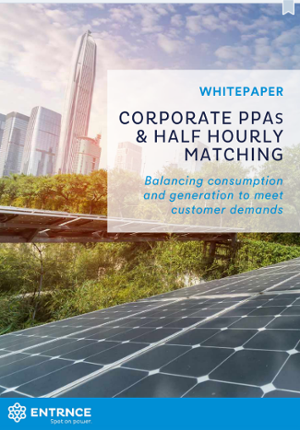For large corporates the lack of renewable generation of their own to cover energy consumption, corporate PPAs provide a way of reaching sustainable goals. Greenwashing however, is tricking us into a false sense of sustainability…
So what are the main PPA structures? A virtual CPPA is nothing more than a financial agreement: the utility sets up a PPA with the generator and an energy contract – like any other – with the consumer. With a sleeved agreement, the intermittency of the source’s output is managed by the utility to align optimally with the consumption of the buyer; this service is compensated for through a sleeving fee.
In both cases, a level of – let us put it mildly – ‘creativity’ is involved in this green administration. Critics will call this ‘greenwashing’, a tricky way of covering up for times when no sustainable generation was available, and companies resorted to grey energy to keep operations running.
This has led to some dodgy situations, with Norwegian hydro REGOs proving the sustainable ambitions of Dutch corporates in some cases… How ‘virtual’ or ‘synthetic’ can you get?
We need to do better, and clients are demanding more transparency. As retailers move towards a system that is supported by renewables, managing intermittency will become key: a more honest approach towards origination is needed. That means traditional back offices must be updated or replaced.
Is half hourly matching on your PPA roadmap? Are you looking for more advanced into power origination? Download the whitepaper to find out!


